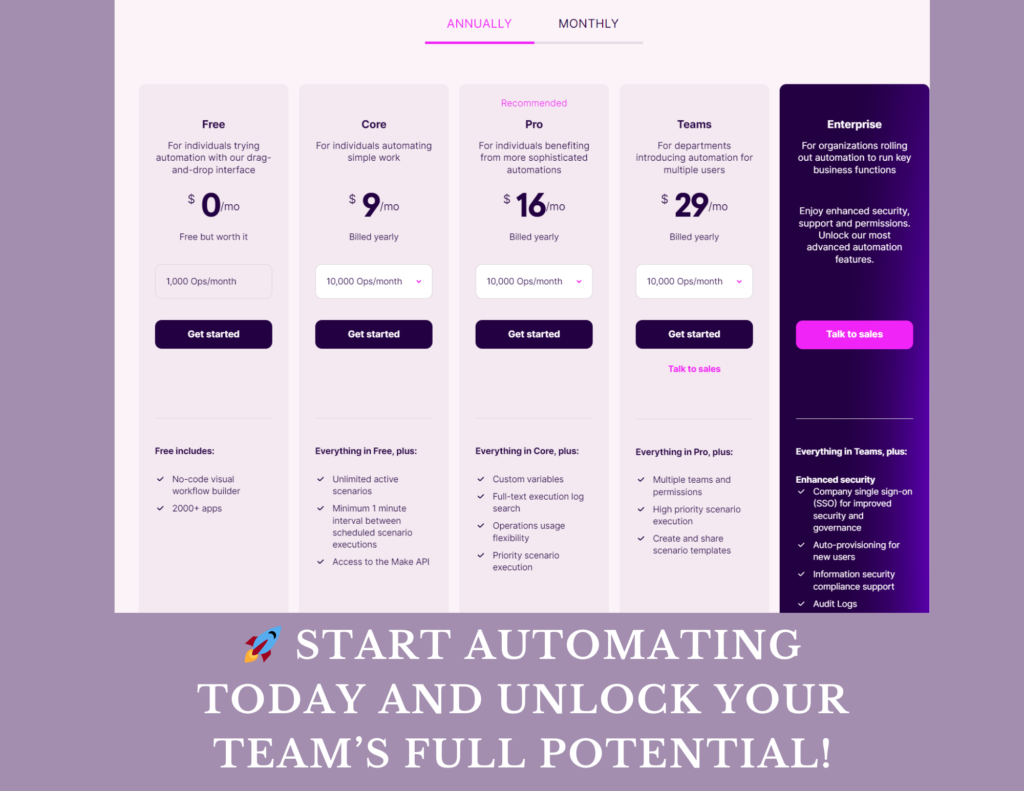The rapid evolution of artificial intelligence (AI) is reshaping industries and revolutionizing workflows across the globe. As businesses and professionals navigate this transformation, it’s important to understand the trends that will define the AI landscape in 2025. From personalized experiences to deep learning innovations, the tools of the future promise to enhance productivity, streamline operations, and deliver more targeted solutions. In this blog post, we will explore the top trends in AI tools expected to make a major impact on businesses in the coming years. We’ll also highlight some specific AI tools that align with these trends, providing you with practical options to embrace as we approach The Future of AI Tools 2025.

Trend 1: Personalization in AI Tools
As AI becomes more sophisticated, one of the most exciting trends is the increasing personalization of AI tools. Businesses will be able to create hyper-targeted experiences for their customers and employees. AI will learn from data, adapting to the needs and preferences of individual users, making interactions more intuitive and relevant.
Example Tools:
- HubSpot AI – An AI-powered marketing platform that personalizes outreach, automates email campaigns, and tailors content based on customer behavior.
- Mailchimp AI – This email marketing platform uses AI to help businesses optimize campaigns and send personalized messages to specific customer segments.
- Coursera AI – AI-driven learning platforms like Coursera are transforming education by offering personalized course recommendations based on user interests and past learning behavior.
- Zendesk AI – Zendesk’s AI tools enable businesses to deliver personalized customer service through chatbots and automated responses tailored to the specific needs of each customer.
- Drift AI – Drift’s AI-powered chatbot automates personalized communication with website visitors, helping businesses qualify leads in real-time.
By integrating personalized AI tools like these, businesses can engage customers more effectively, improving satisfaction and driving conversions.
Trend 2: The Rise of Deep Learning
Deep learning is revolutionizing the capabilities of AI, particularly in fields like natural language processing (NLP), image recognition, and complex data analysis. With the ability to process and learn from vast amounts of data, deep learning tools are capable of understanding nuanced information, making predictions, and automating sophisticated tasks.
Example Tools:
- GPT-4 – OpenAI’s GPT-4 is a powerful AI model capable of understanding and generating human-like text. It’s revolutionizing content creation, customer service, and data analysis through advanced natural language processing.
- DeepMind – Known for its breakthrough research in AI, DeepMind is pushing the boundaries of AI in areas like healthcare and gaming, offering insights into how deep learning can solve complex problems.
- IBM Watson – IBM Watson provides enterprise-level AI solutions, from NLP to AI-powered analytics, enabling businesses to analyze large datasets and extract valuable insights.
Deep learning tools will drive the next wave of AI innovation, enabling businesses to automate advanced tasks, predict trends, and improve decision-making.
Trend 3: Sector-Specific AI Tools
As AI matures, we’re seeing a rise in industry-specific AI tools designed to address unique challenges within sectors like healthcare, finance, legal, and manufacturing. These tools are tailored to solve industry-specific problems, offering enhanced accuracy, speed, and efficiency.
Example Tools:
- PathAI – In healthcare, PathAI uses AI to help pathologists make faster, more accurate diagnoses from medical images.
- Kensho – In finance, Kensho uses AI to provide predictive analytics, helping financial professionals make better investment decisions.
- ROSS Intelligence – In the legal sector, ROSS Intelligence uses AI to assist lawyers in legal research, automating the discovery of relevant case law and documents.
- Upstox – In the trading world, Upstox uses AI to analyze market trends and assist investors in making data-driven decisions.
These sector-specific AI tools are changing the way industries operate, allowing businesses to streamline processes and deliver better outcomes.
Trend 4: AI for Workflow Automation

AI tools for workflow automation are expected to continue growing in 2025, with businesses increasingly relying on AI to handle mundane and repetitive tasks. From administrative work to complex data analysis, automation tools will free up time for more strategic, high-value activities.
Example Tools:
- Zapier AI – A leading automation platform that connects various apps and automates tasks between them. Saving businesses time and reducing the potential for human error.
- Integromat – Similar to Zapier, Integromat provides advanced automation capabilities that help businesses automate workflows and integrate different tools seamlessly.
- x.ai – x.ai is an AI-powered personal assistant that automates scheduling, meeting coordination, and other administrative tasks.
AI-driven workflow automation tools like these will allow businesses to increase efficiency and focus on their core competencies.
Comparison Table: The Future of AI Tools for 2025
| AI Tool | Key Feature | Industries Served | Pricing |
| HubSpot AI | AI-driven marketing automation | Marketing, Sales | Subscription |
| GPT-4 | Natural language processing | Marketing, Customer Service | Pay-per-use |
| PathAI | AI for medical image analysis | Healthcare | Custom Pricing |
| Zapier AI | Workflow automation | All industries | Subscription |
FAQ Section
How can personalized AI tools improve customer experiences?
Personalized AI tools analyze customer behavior and preferences, enabling businesses to deliver tailored experiences that enhance satisfaction and drive engagement. By predicting what customers need and automating relevant responses, businesses can increase conversion rates and loyalty.
What industries will benefit the most from The Future of AI Tools?
Industries like healthcare, finance, legal, and marketing are expected to benefit greatly from AI tools in 2025. These sectors are already adopting AI to automate tasks, improve decision-making, and deliver better customer experiences.
Are deep learning tools accessible for small businesses?
Yes! While deep learning tools have traditionally been available to large enterprises, many providers are now offering accessible pricing models, APIs, and platforms to make them more accessible to small businesses. Tools like GPT-4 and IBM Watson provide scalable solutions for businesses of all sizes.
Conclusion
As AI continues to advance, businesses in 2025 will benefit from a wide range of powerful AI tools designed to improve efficiency, personalize experiences, and automate workflows. By staying ahead of these trends and incorporating the right tools into your business strategy, you’ll unlock the full potential of AI, ensuring a competitive edge in the marketplace.
Interested in staying ahead of the curve? Explore the tools mentioned in this blog and begin integrating them into your business today.
Remember, The Future of AI Tools is just around the corner, and by embracing these trends now, you’ll position your business for success in the rapidly evolving AI landscape.
Disclaimer: This blog may contain affiliate links. If you purchase through these links, we may receive a small commission at no additional cost to you.



